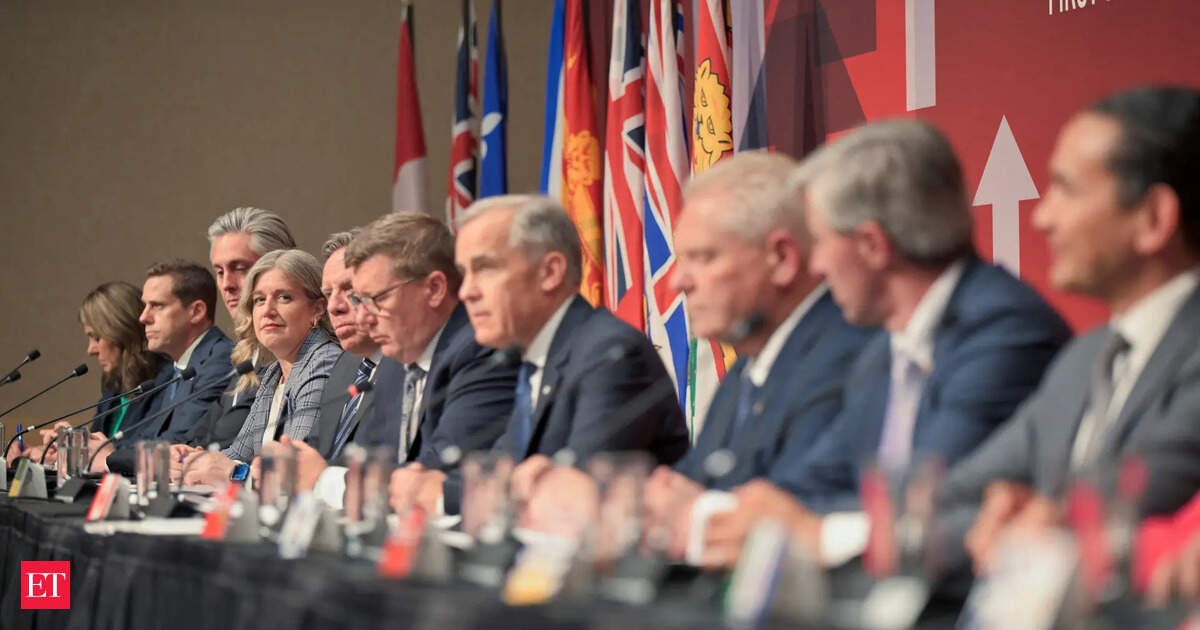Two senior officials said the package will include significant increases in military funding, positioning Canada to embrace a proposed alliance-wide target of 5 per cent of GDP, nearly triple the current minimum of 2 per cent.
Defence ministers, meeting in Brussels on June 5, paved the way. NATO Secretary-General Mark Rutte publicly voiced confidence that leaders will back the bold new goal of 3.5 per cent for core military capabilities, plus 1.5 per cent for infrastructure initiatives to boost mobility.
US Defence Secretary Pete Hegseth, an ardent backer of President Trump’s push, said such an increase “will happen” ahead of the Hague summit.
For Canada, which spent just 1.3 per cent of GDP in 2023 on defence, well below the existing 2 per cent target, the implications are striking. Among the bold initiatives being considered: a roughly US $4 billion investment in over‑the‑horizon radar for the Indo-Pacific and Arctic, and expanded military infrastructure in the North.
Human stories behind the numbers
Soldiers in yellow-purple Arctic parkas say the boost can’t come soon enough. “We’re stretched thin,” says a reservist stationed in Yellowknife on the edge of the changing Arctic. “More hardware, more training—it all matters.”
Lisette, whose husband is a second-line mechanic based in Trenton, Ont, worries about the real cost. “We’re proud, but I’ll feel it when budget cuts hit health or school programs. They need to explain it to families like ours.”
At headquarters in Ottawa, military planners are quietly recalculating deployment schedules, with a senior source noting new commitments could include rotating multinational units through Latvia and Romania.Why the surge
The backdrop of this surge is grim and urgent: Russia’s full-scale invasion of Ukraine, strategic ties between Russia, China, North Korea, and Iran, and concerns that US withdrawal looms.
Secretary-General Rutte said the alliance must “turbo-charge our defence production and defence spending.”
Trump has also pressured Canada, offering a “Golden Dome” missile shield free of charge if Canada agrees to be the 51st US state. Carney has dismissed those remarks, asserting Canadian sovereignty and pledging to tilt toward European cooperation
What comes next
Carney’s office promises “substantial new spending plans” on Monday, and on June 24–25, in The Hague, all eyes will be on whether Canada and other allies sign on to the 5 per cent pledge.
This marks Canada’s most significant defence pivot in decades, amid growing global threats. It’s a challenge of national identity and fiscal balance, one that Carney must navigate with clarity, transparency, and empathy.

